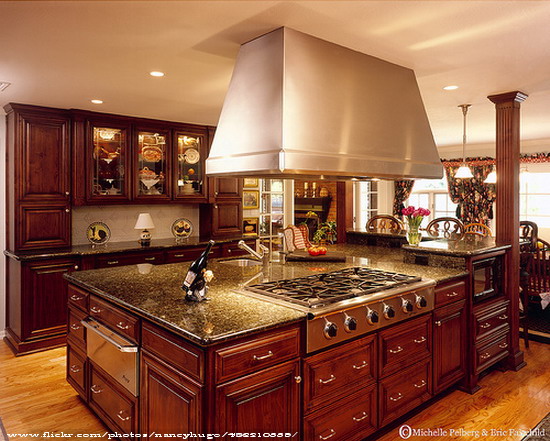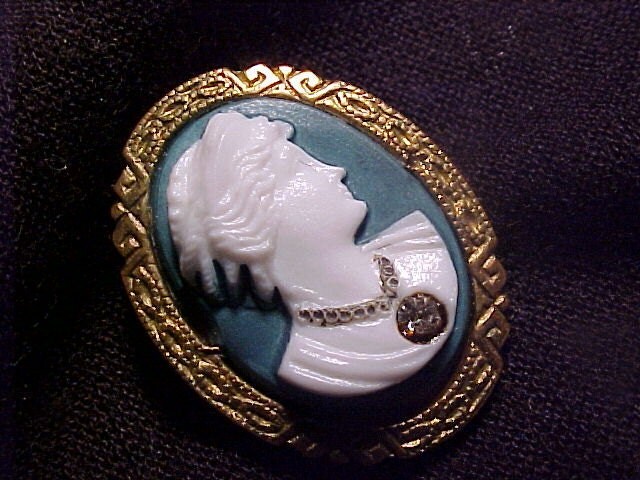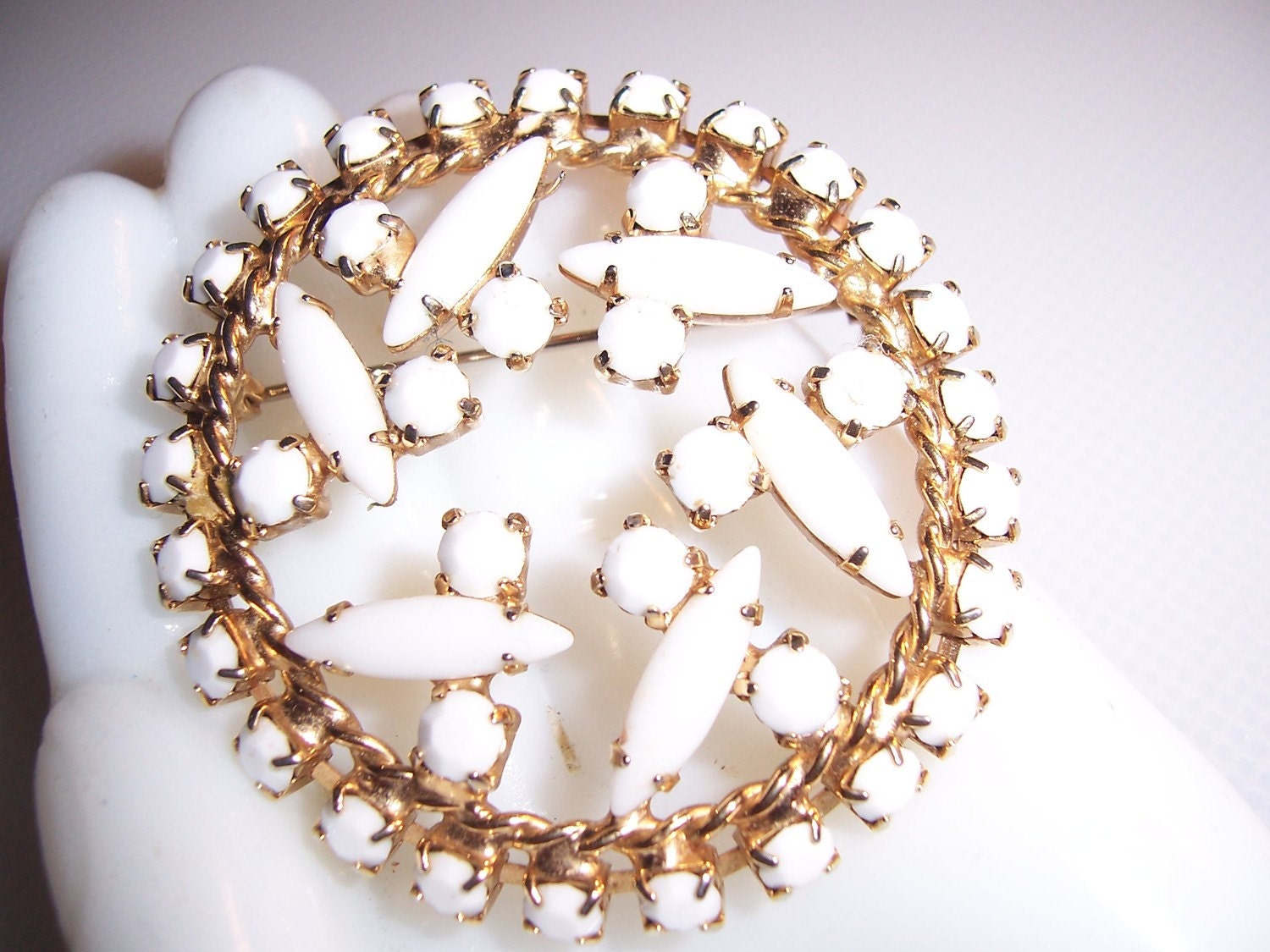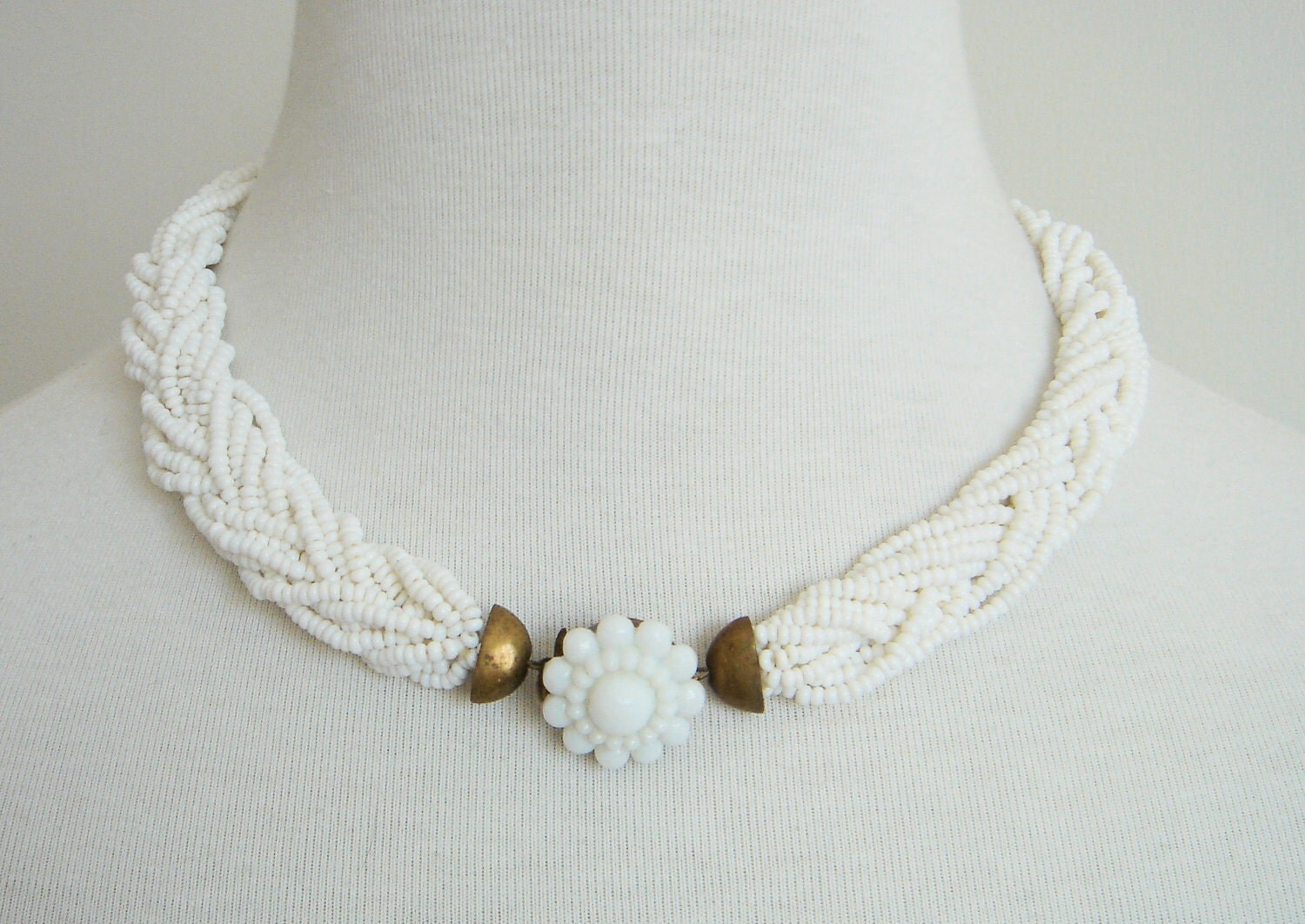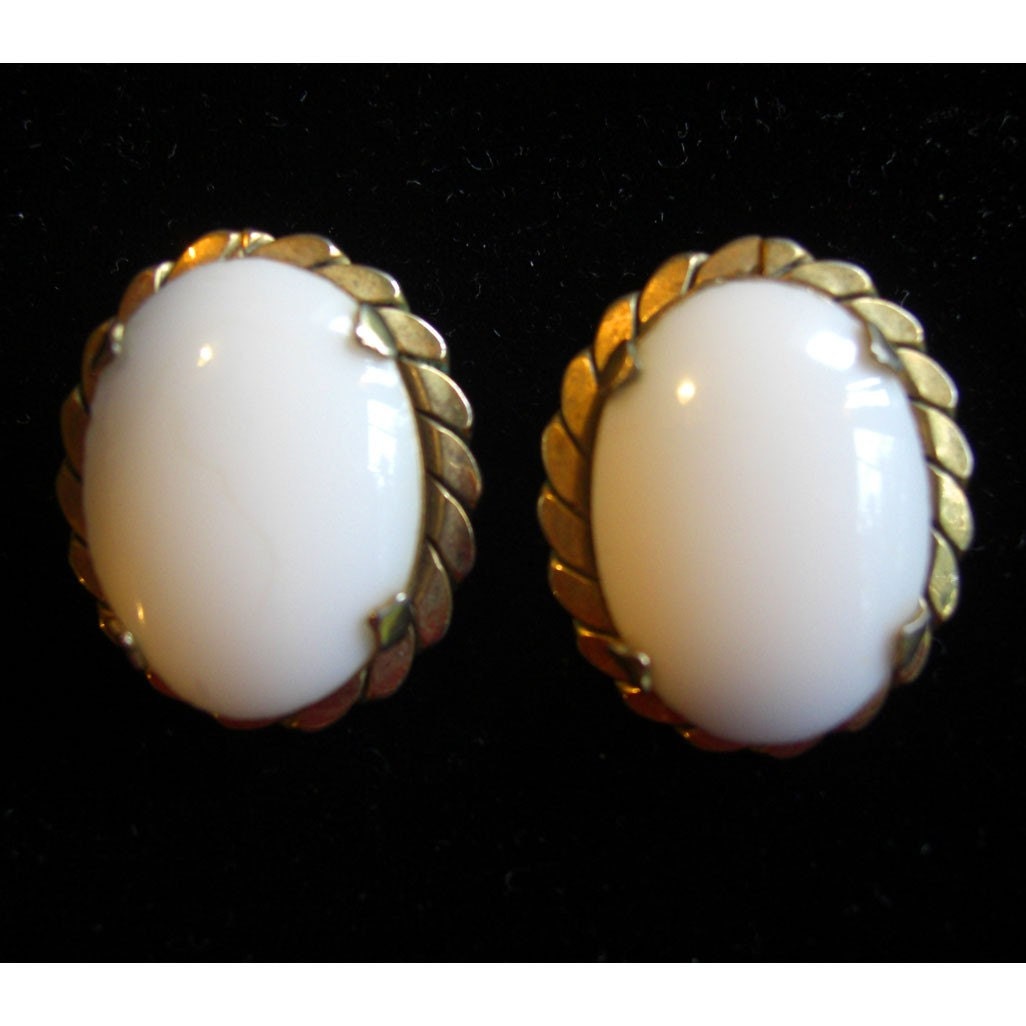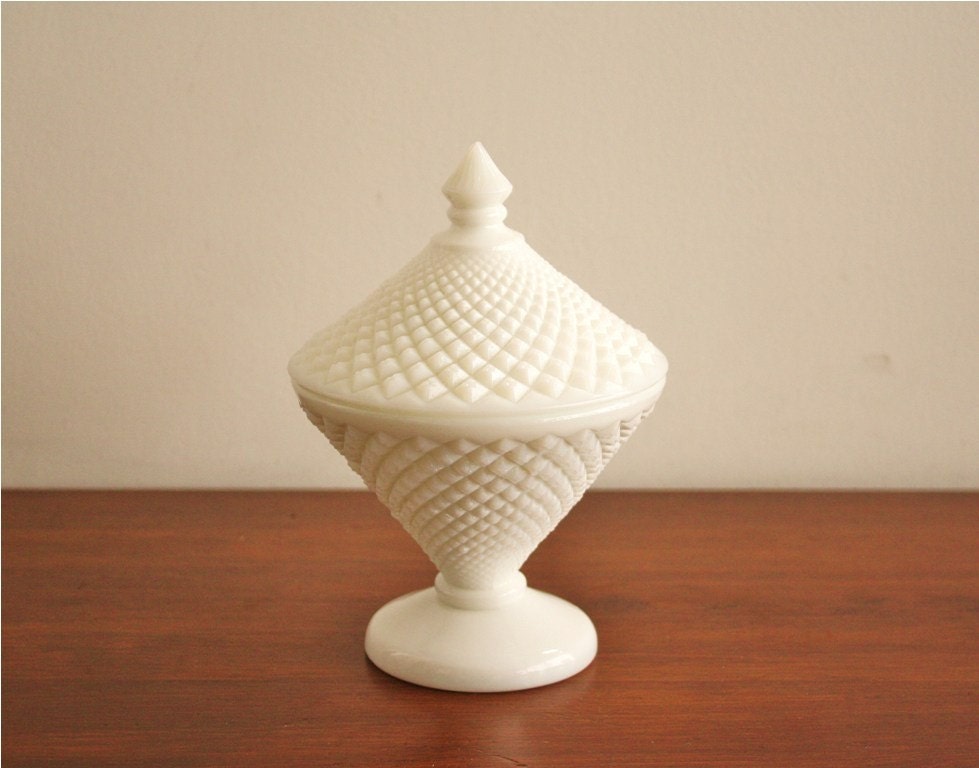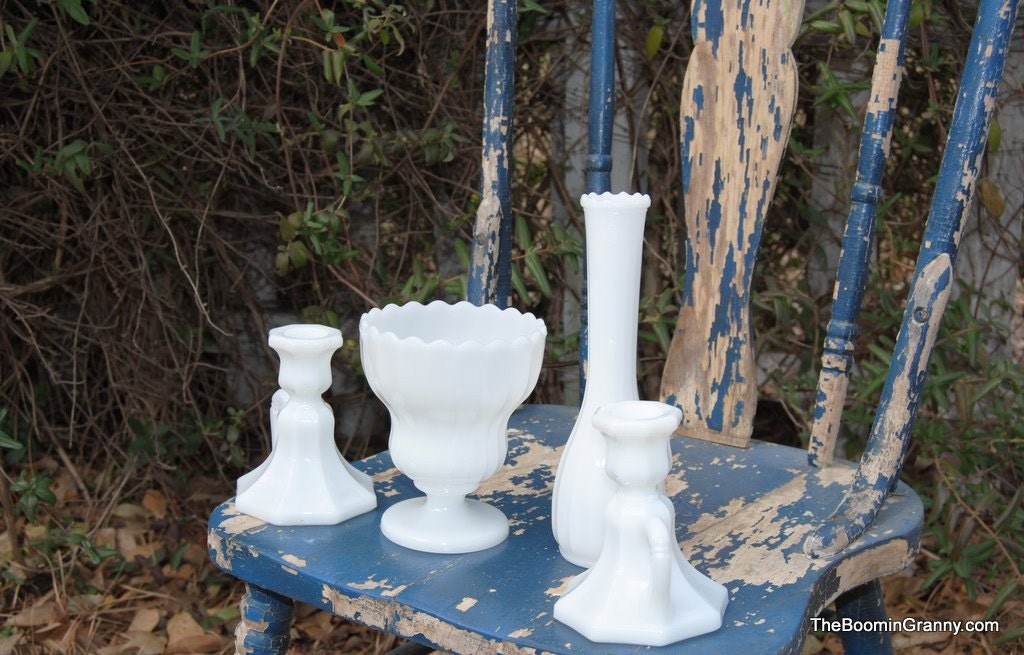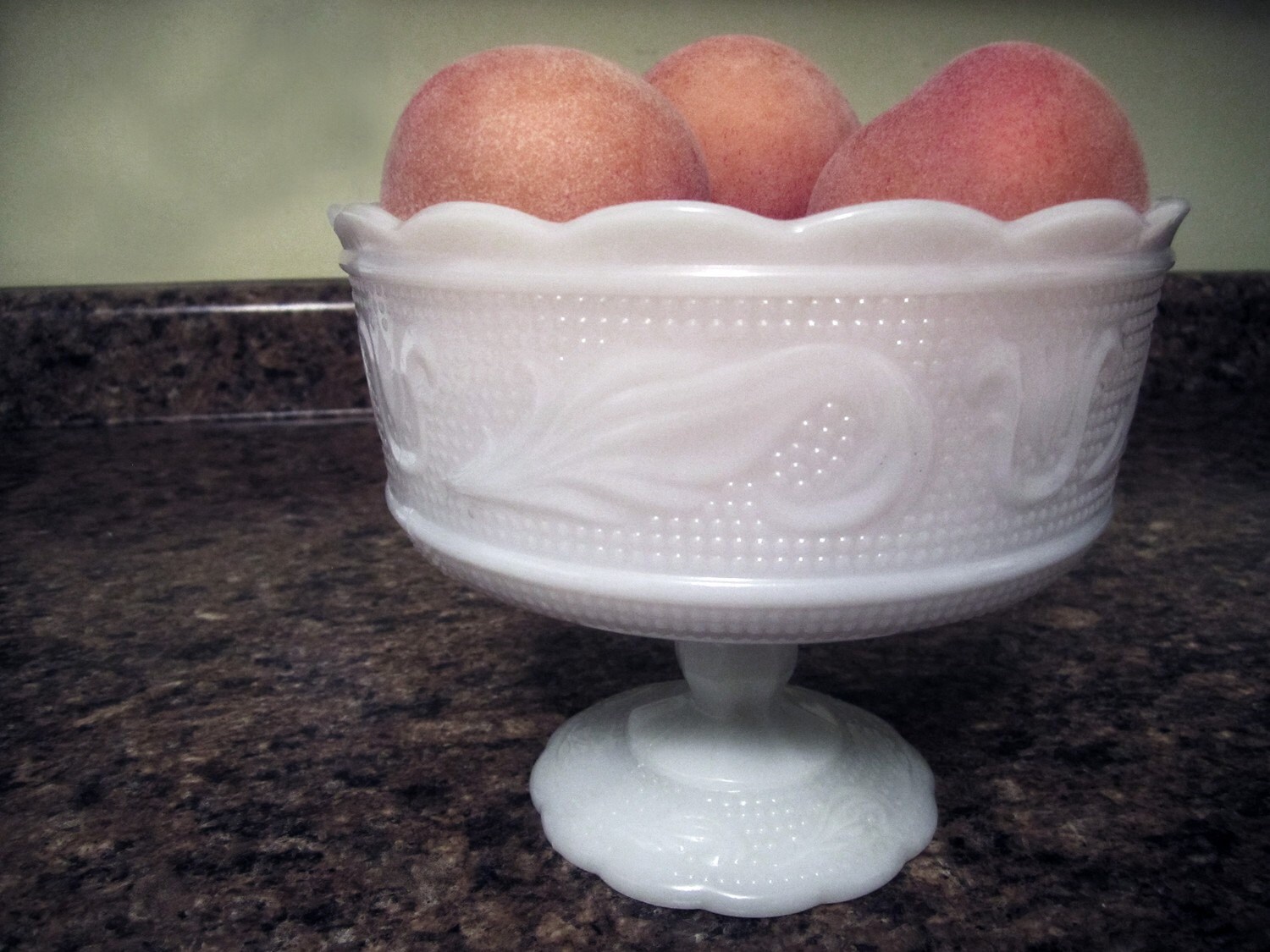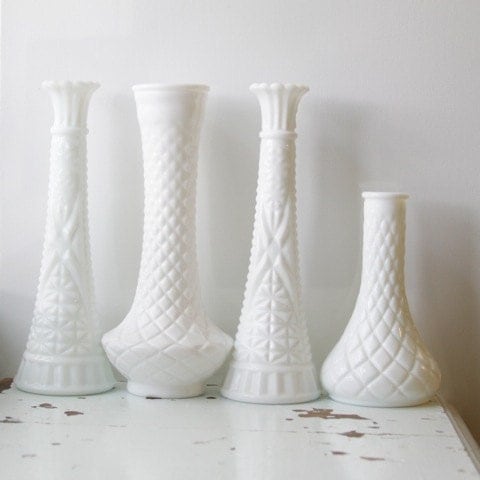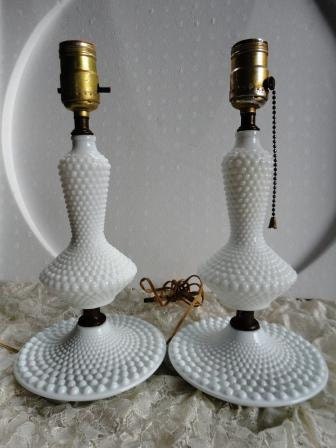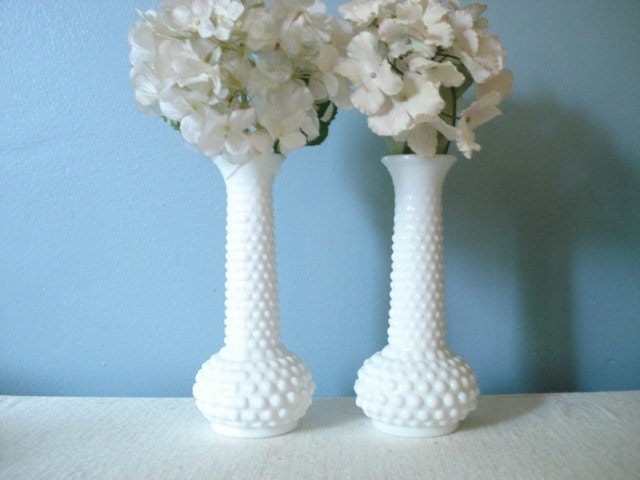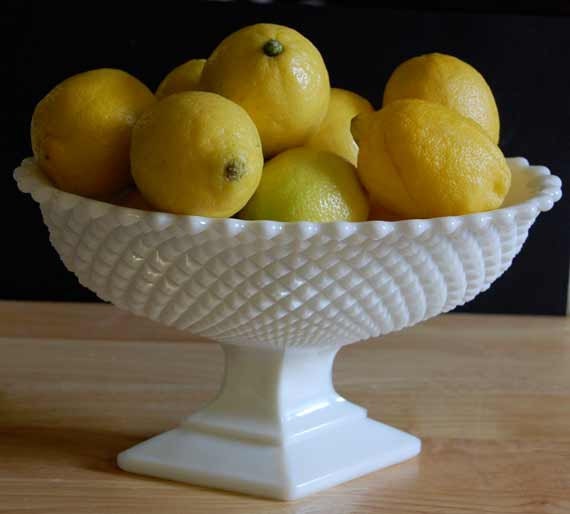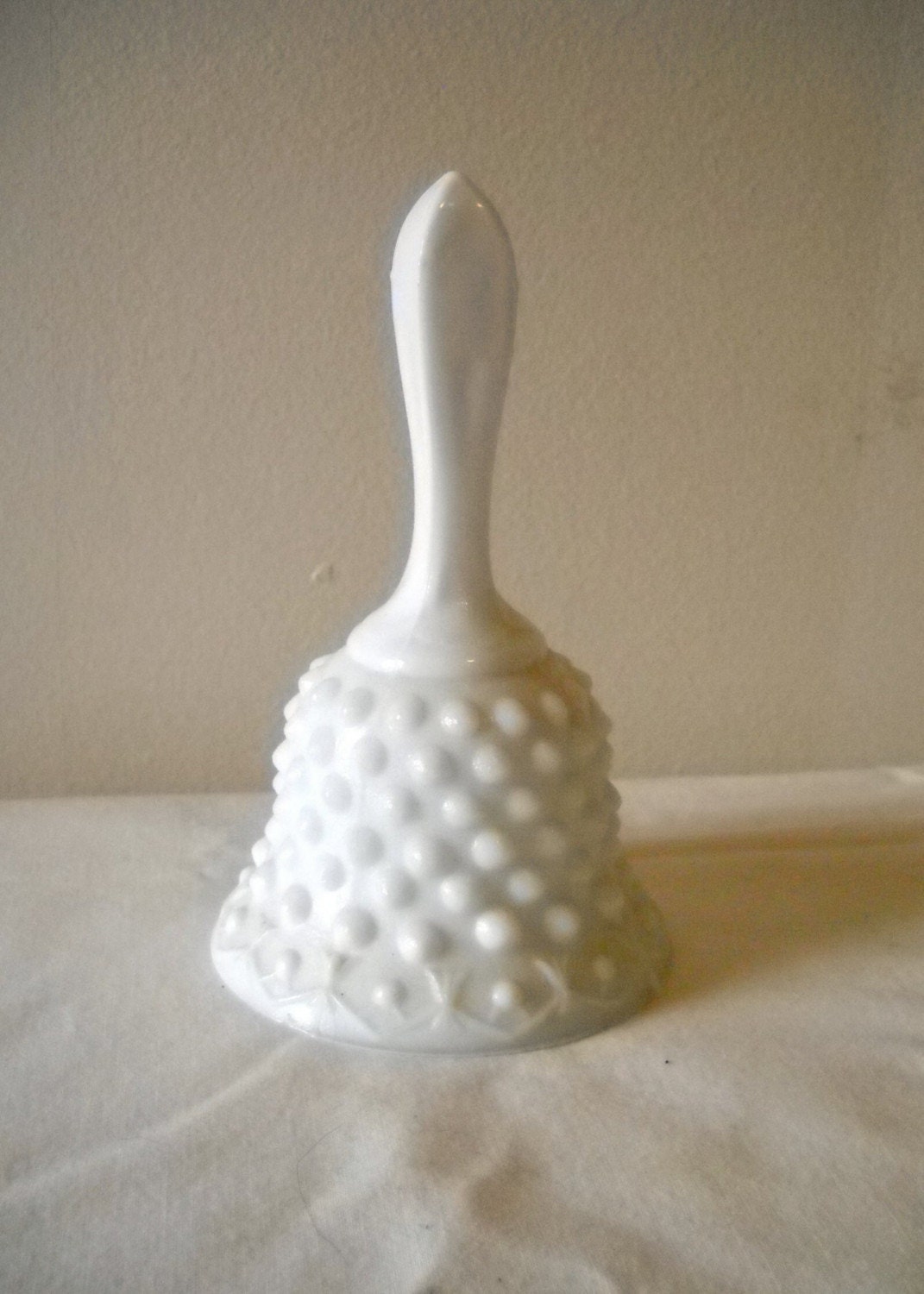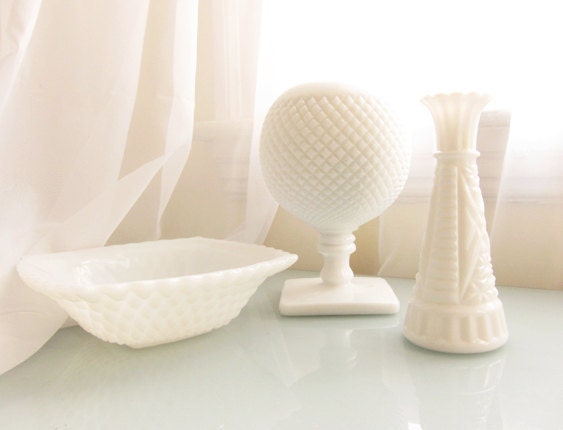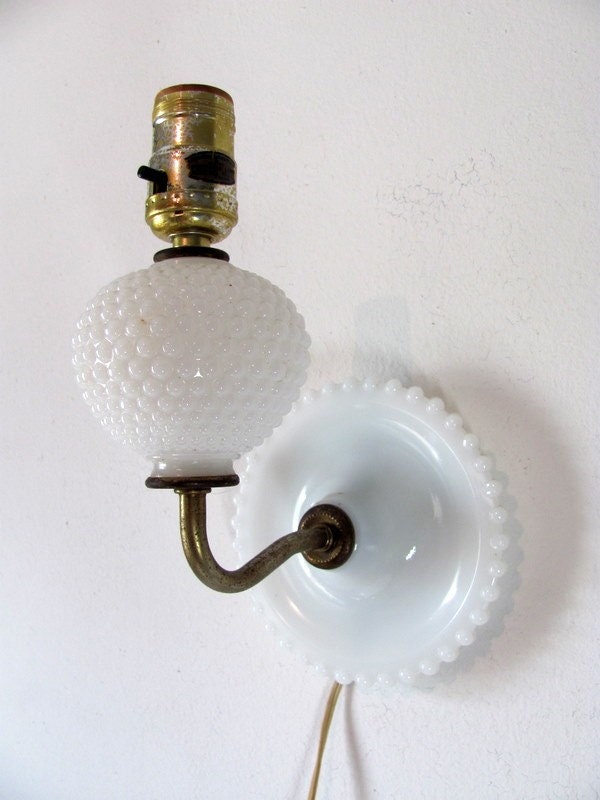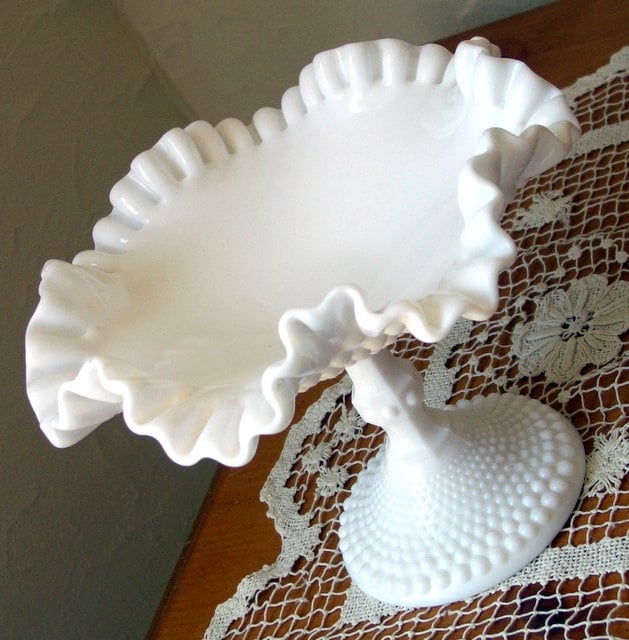It turned out not to be as easy as I thought. The mechanics of the change are simple enough, but choosing a replacement was not. I've looked at dozens of options and found only a few I liked. I'm a very DIY person, and my goal was to make the change myself, instead of buying something pre-made. A lot of brides would think I'm crazy for daring to alter something myself on the sacred, holy wedding dress. My opinion: it's a dress, I bought it, and if I don't like something then I ought to change it or arrange to have it changed. Besides, it's not some revered designer's creation; it's a bargain dress from a wedding chain, a fact which probably encouraged me to "fix" it. Having the ability to change it myself, I did. I wanted to have the work of my own hands and ideas as a part of my dress, my presentation to my husband-to-be. I've had over 26 years to daydream about my wedding day, and I've never really been romanced by any traditions for their own sakes. I very nearly swore off a veil, but talked myself into the reasoning behind it. I do appreciate the idea of a bride presenting herself at her glorious best to honor both her husband-to-be and God who binds them together. I want to put as much of myself into my presentation to my husband-to-be.
Back to my dress and the irritating matter of the thing I didn't like. In the end, I've decided not to have a "thing" at all. Ripped it off myself (carefully) and realized it was much better without anything there at all. I decided this after looking at pictures of simple wedding dresses and falling absolutely in love with the quiet elegance of a gown that allows the bride to glow in her own natural beauty and joy. I don't know why it took me this long to figure it out - when I went dress shopping months ago, every time the consultant asked about my taste, I said, "No ruching, no assymetrical anything, and nothing over-the-top. Lace and beading are okay, but in moderation."
The thought had occurred to me early on not to have a "thing" but I felt like there was some rule that I had to have one because all the others did. Well, all the others do not. I've been to a few weddings and have been distracted silently critiquing the bride's dress. The most beautiful weddings I've been to are the ones where I find myself entranced by the bride. Not her dress, not her veil, not the decorations. Her. I want to be a bride who captivates my groom. He may be curious about my dress now and in the days and hours and minutes leading up to my appearance at the chapel doors, but I want him to see only me when I arrive. This whole time I thought I was frustrated with the dress, but I've really been frustrated with myself. I don't like fussing over details that just don't matter. It can be an effective distraction, even fun, but really - who cares? On our wedding day, I intend to wear my ivory gown, my diamond ring, my prerequisite "somethings" including his mother's pearl necklace, 1940s-style blue pumps, and my grandmother's art deco cameo ring. And that's it. No sparklies, no bling, no special effects. After deciding this, I am so excited about wearing that dress.
Not that I'm having second thoughts about my dress (I've been through that already anyway - I'm over it) but here are some more gorgeous simple dresses I can't stop looking at. The first one below is discontinued to my knowledge, but it was a favorite years before Andy proposed. The designer is Anne Barge and if I had the means I would have blindly chosen any one of her dresses and been the happiest little bride. Seriously, visit her website. I dare you to find a dress that you wouldn't wear.
I simply love the dresses at Watters Brides. One of my best friends is wearing a gorgeous gown by this designer. The dresses there are reasonably affordable too, which makes them even better!
This one is a little less simple than most I've included here, but I found it so breathtaking I had to include it. I love the billowy, airy fabric that practically defies gravity. This is a dress right out of a fairy tale. Love it. http://www.lelarose.com/

